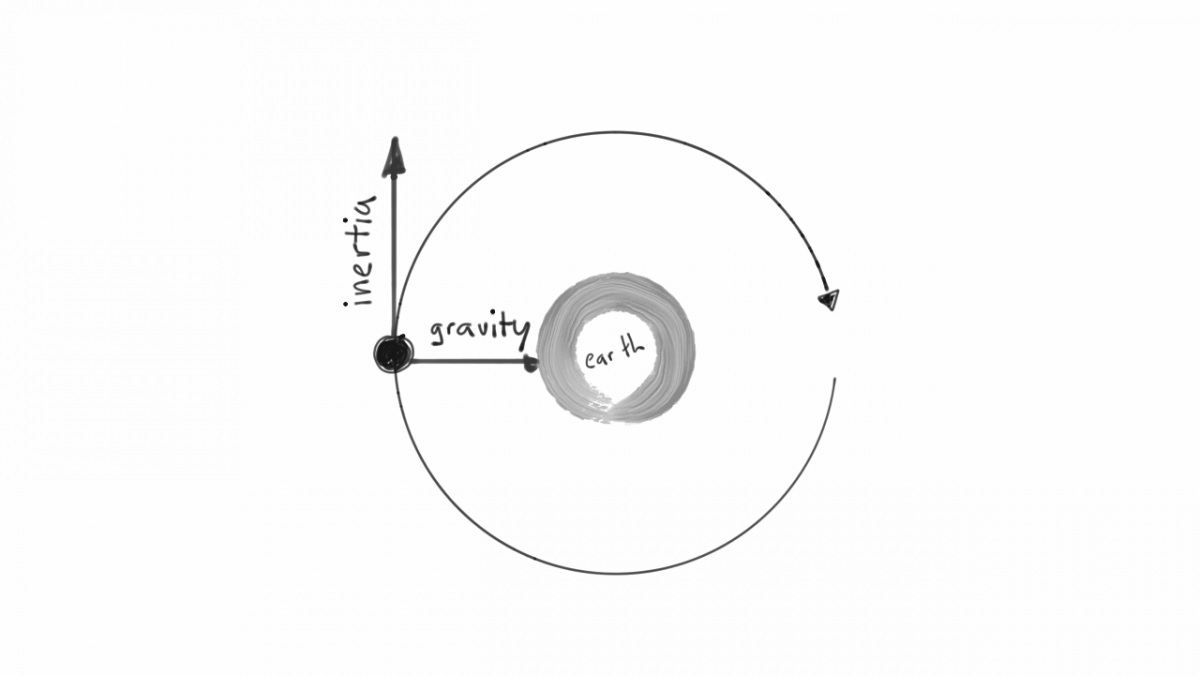Introduction
In the realm of decision-making, the concept of Inertia represents the tendency to maintain the current state or stick to familiar patterns, even when it may no longer be the most advantageous or rational choice. This mental model is anchored in human psychology and has a profound impact on our decision-making processes. In this comprehensive blog post, we will explore the definition of Inertia, its relevance in decision-making, its prevalence in various contexts, examples of its occurrence, the mental biases contributing to it, strategies to identify and overcome Inertia, and the implications of awareness and active avoidance of this mental trap.
Defining Inertia and Its Relevance
Inertia can be defined as the resistance to change or the inclination to maintain the status quo due to familiarity, comfort, or fear of the unknown. This mental model is highly relevant in decision-making processes as it can hinder individuals from making necessary changes, exploring new opportunities, or adapting to evolving circumstances. By understanding and addressing Inertia, we can make more informed and rational choices that align with our goals and best interests.
Anchored in Human Psychology and Prevalence in Daily Life
The Inertia mental model is deeply rooted in human psychology. As creatures of habit, we naturally gravitate towards familiar routines and resist disruptions. Inertia manifests in various aspects of our day-to-day lives, affecting personal decisions, business scenarios, and public policy-making. It influences our behavior, preventing us from making necessary changes and impeding progress.
Examples of Inertia in Various Contexts
- Personal Life Decisions: Consider an individual who is unhappy in their current job but continues to stay in it out of fear of change. Despite recognizing the potential for growth and fulfillment elsewhere, the inertia of staying in a familiar job prevails, leading to missed opportunities for personal and professional development.
- Business Scenarios: In the business world, Inertia can hinder organizational growth and adaptation. For instance, a company may cling to outdated processes and technologies despite recognizing the need for innovation. The fear of disrupting established routines and the comfort of familiarity create a state of inertia, preventing the company from evolving and staying competitive.
- Public Policy-Making: In public policy-making, Inertia can impede necessary reforms. Governments may resist changing existing policies, even when evidence suggests their inefficiency or ineffectiveness. The inertia of maintaining the status quo, fear of backlash, and resistance to change hinder the implementation of more effective and beneficial policies.
Mental Biases and Psychological Underpinnings
Several mental biases contribute to Inertia, including status quo bias and loss aversion. Status quo bias causes individuals to favor familiar options over new ones, even if the new options are objectively better. Loss aversion bias leads to a preference for avoiding losses over seeking gains, making individuals more resistant to change.
Other psychological underpinnings of Inertia include the comfort zone phenomenon and cognitive dissonance. The comfort zone phenomenon represents the psychological state of feeling secure and comfortable within familiar boundaries, leading individuals to resist stepping out of their comfort zones. Cognitive dissonance occurs when individuals experience psychological discomfort when their beliefs or behaviors contradict each other. This discomfort can perpetuate Inertia, as individuals may cling to existing choices to avoid the cognitive dissonance associated with change.
Identifying and Overcoming Inertia
To identify when individuals might be succumbing to Inertia, it is essential to be aware of the following signs:
- Resistance to Change: Strong aversion or hesitation towards embracing new ideas, opportunities, or perspectives.
- Stagnation: Feeling stuck or lacking progress in personal or professional life, despite recognizing the need for change.
- Fear of the Unknown: An overwhelming sense of anxiety or apprehension when confronted with unfamiliar situations or choices.
To overcome Inertia, individuals can employ the following strategies:
- Challenge Assumptions: Question the validity of existing beliefs, habits, or routines and consider alternative perspectives or approaches.
- Set Clear Goals: Define specific, measurable goals that align with personal or organizational aspirations, providing motivation to overcome inertia.
- Take Small Steps: Break down larger tasks or changes into smaller, manageable steps, making the transition less overwhelming.
- Seek Support: Surround oneself with individuals or communities that encourage growth, provide guidance, and support in navigating unfamiliar territory.
Implications of Overcoming Inertia
By actively avoiding Inertia, individuals can unlock new opportunities, enhance personal growth, and drive positive change. Overcoming Inertia leads to more objective decision-making, adaptability, and the ability to embrace transformative experiences. It fosters innovation, resilience, and success in personal and professional spheres.
Conclusion
Inertia, as a mental model, has a significant impact on decision-making processes. Rooted in human psychology, it often leads individuals to resist change and cling to familiar routines, hindering progress and growth. By recognizing the occurrence of Inertia in personal life decisions, business scenarios, and public policy-making, we can understand how individuals and groups make irrational choices contrary to their best interests. Understanding the mental biases and psychological underpinnings of Inertia provides insights into the factors influencing decision-making. By implementing practical strategies to identify and overcome Inertia, individuals can make more objective decisions, seize opportunities, and achieve their goals. Awareness and active avoidance of the Inertia mental trap are crucial for personal and professional development, fostering adaptability, and embracing positive change. Embrace the power to break free from Inertia and unlock your full potential.
